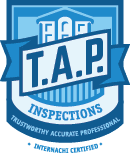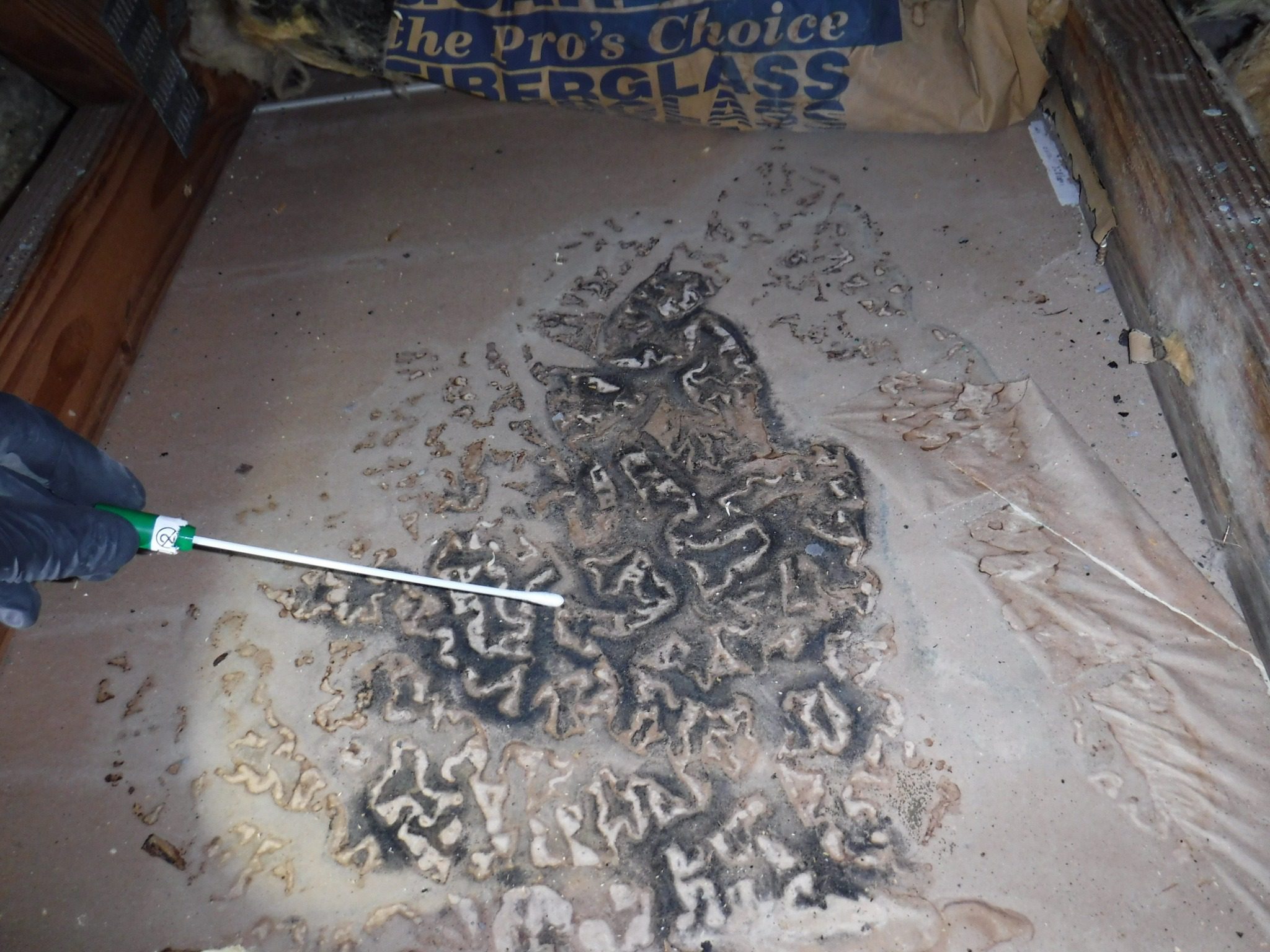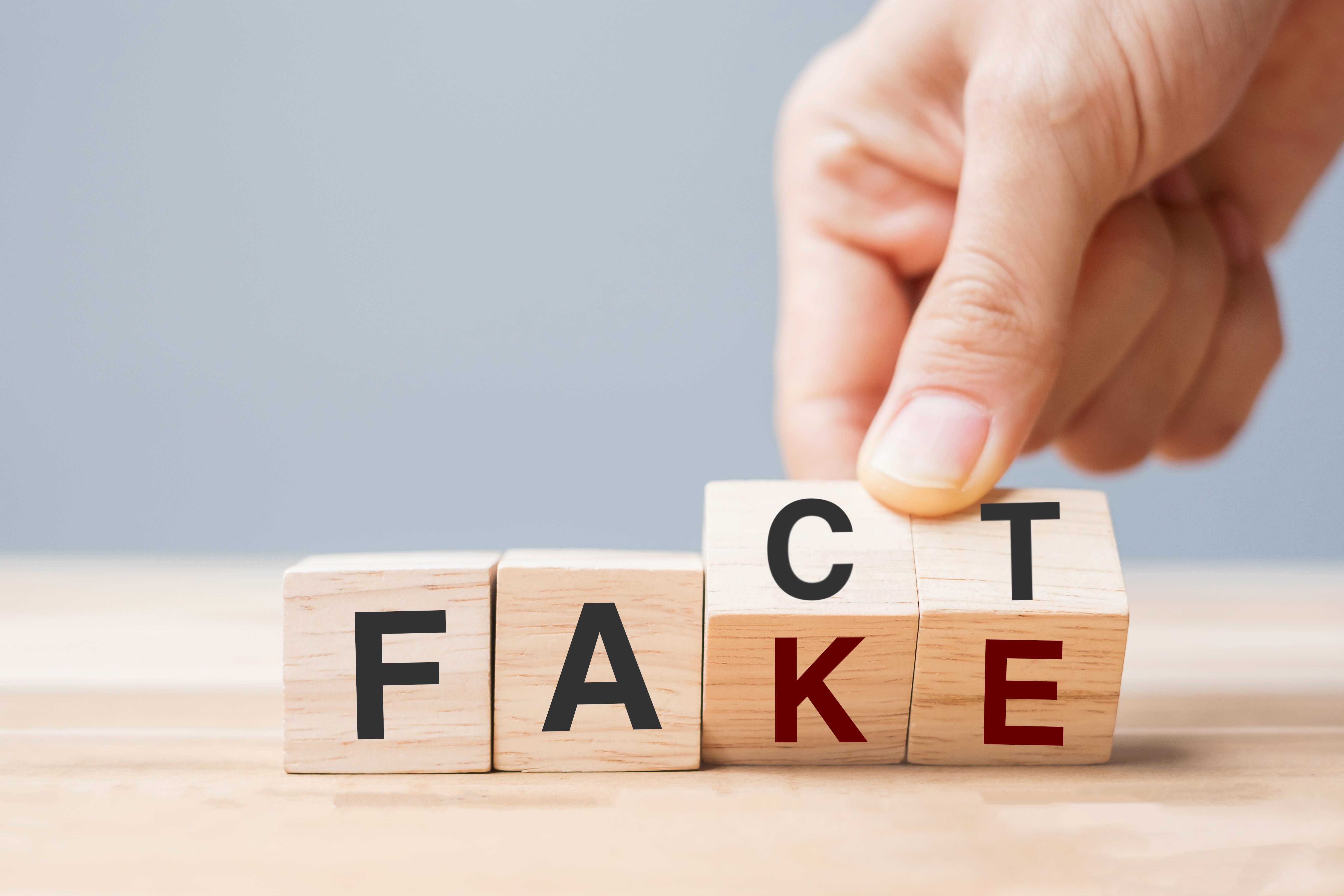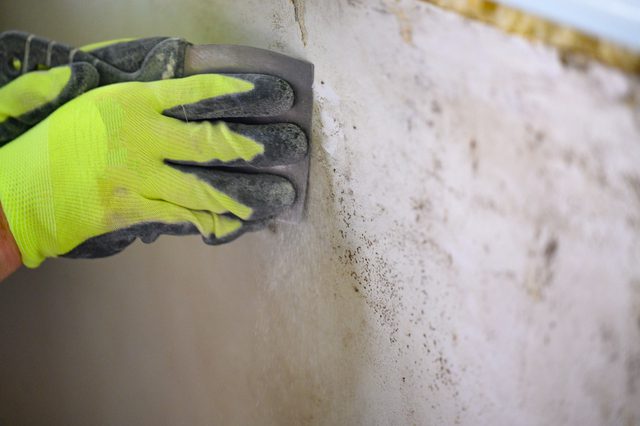There are two things that every homeowner dreads: home inspections and insurance inspections. While both serve a purpose, they often feel like nothing more than a necessary evil.
But what happens when the two collide? Welcome to the intricate dance between home and insurance inspections.
The Importance of Home and Insurance Inspections
Let’s start with the basics: why are these inspections important? Home inspections provide buyers with an overview of the current condition of a property before purchase. It can uncover hidden issues that may cost thousands of dollars to fix, or worse – pose serious safety risks to those living in the property.
Insurance inspections help ensure that a property meets certain safety standards and mitigate the risk of future claims against the insurer. But here’s my unpopular opinion: I’m sick of feeling like I’m being held hostage by these inspections.
Why do I have to pay hundreds, sometimes thousands, of dollars just to prove my property is safe? It feels like extortion, plain and simple.
The Intricate Dance Between Home and Insurance Inspections
Now let’s talk about how these two types of inspections interact with each other. In theory, it should be simple: you get a home inspection before buying a property, then you get an insurance inspection to ensure that your coverage is adequate based on your specific needs.
But in practice? It’s anything but simple.
Home inspectors often have different standards than insurance inspectors – some issues may pass during one inspection but fail during another. Not only is this confusing for homeowners, but it can also be incredibly frustrating when discrepancies arise.
The Threshold That Separates Them
What exactly separates these two types of inspections? The answer is simple: money. Homeowners are required to pay for their own home inspection when purchasing or selling a property; whereas insurance companies foot the bill for their own inspector during the policy’s underwriting process.
But here’s the kicker: insurance companies often require homeowners to fix issues found during their inspection, even if they passed during a previous home inspection. In other words, homeowners are being held to a higher standard than what is required for a property to be considered safe.
The dance between home and insurance inspections is a complex one. It’s time for some transparency in this process – homeowners deserve to know exactly what they’re paying for and why.
And perhaps it’s time for insurance companies to reconsider their standards and provide more leniency when discrepancies arise. After all, we shouldn’t have to sacrifice our hard-earned money just to feel safe in our own homes.
Overview of Home Inspections
What is a home inspection?
A home inspection is a professional assessment of a residential property’s condition, conducted by an expert home inspector. These inspections evaluate the property’s structural integrity, potential safety hazards, and any other issues that may affect the value or livability of the home.
Why are home inspections necessary?
Home inspections are essential because they help buyers make informed decisions about their potential investment. They provide valuable information about any problems or necessary repairs, which can directly affect the price and overall value of the property. A thorough inspection can also highlight any safety concerns that could impact the health and well-being of future occupants.
Who conducts home inspections?
Home inspections are performed by licensed and certified professionals with specialized knowledge in building construction, electrical systems, plumbing, roofing materials, and more. It’s important to choose an inspector who has experience working with homes in your local area and is knowledgeable about specific environmental factors that may affect your property.
What do home inspectors look for?
Home inspectors evaluate every aspect of a residential property to identify any issues or concerns that may impact its safety or value. This can include evaluating structural components like walls, foundations, roofs and chimneys; electrical systems such as wiring and fixtures; plumbing systems including pipes, drainage systems and fixtures; as well as identifying any major appliances included in the sale.
They will also check for evidence of pests like termites or rodents,and assess safety features like smoke detectors and carbon monoxide alarms.
Overall, getting a thorough inspection prior to purchasing a new house is vital if you want to avoid hidden problems later on down the line. It is worth mentioning that for individuals who have lived in their homes for several years but haven’t had them inspected recently should consider doing so before making claims on their insurance policies.
Overview of Insurance Inspections
An insurance inspection is a necessary evil. It’s one of those things that nobody wants to deal with but has to anyway. In simple terms, an insurance inspection is an evaluation of your property’s condition, safety, and risk factors that may affect the likelihood of filing an insurance claim.
What is an Insurance Inspection?
An insurance inspection can be defined as a physical examination of your home or property by a professional inspector who assesses its safety and risk factors that may affect the likelihood of filing an insurance claim. It’s important to note that an insurance inspection differs from a home inspection because it focuses on different aspects.
Why are Insurance Inspections Necessary?
The primary reason why insurance inspections are necessary is to protect both the homeowner and the insurer. They help identify potential hazards and risks in the property that might lead to damages or injuries in the future. Insurance companies use this information to determine what type of coverage you need and how much it will cost.
Insurance inspections also help insurers identify fraud and misrepresentation in claims, which can be costly for them. For homeowners, getting a favorable report from their inspector can help lower their premiums or secure better coverage.
Who Conducts Insurance Inspections?
Insurance inspections are conducted by licensed professionals who have experience in property assessments such as engineers or certified inspectors. The inspector hired by your insurer will evaluate your property based on specific criteria established by that insurer.
What Do Insurance Inspectors Look For?
The main objective of an insurance inspector is to assess potential risks within your property based on specific criteria established by the insurer. Some common things they look for include:
- The age and condition of various components such as the roof, heating and cooling system, electrical wiring, and plumbing.
- The existence of hazards such as lead paint, asbestos, or mold.
- The presence of safety features such as smoke detectors or sprinkler systems.
While insurance inspections can seem like a nuisance and an intrusion into our lives, they are necessary to ensure that we are adequately protected from potential risks. So the next time an inspector comes knocking on your door, embrace them with open arms because they just might be saving you from future headaches.
The Dance Begins: Understanding the Interplay between Home and Insurance Inspections
The relationship between home and insurance inspections can be quite intricate. While they may seem like two separate entities, they are interconnected. Home inspections are conducted to determine the condition of a home and identify any necessary repairs or maintenance.
Insurance inspections, on the other hand, are conducted to assess risk and determine policy coverage. A home inspection can impact an insurance inspection if it identifies issues that may pose a risk to the property or its occupants.
In turn, an insurance inspection can impact a home inspection if it highlights areas that need improvement or maintenance. When there is a discrepancy between the two inspections, it can lead to complications.
For example, if an insurance inspector identifies a potential hazard that was not flagged in a home inspection report, it could affect your ability to obtain or maintain coverage. On the other hand, if a home inspector identifies something that was not flagged in an insurance inspection report, you may face challenges when submitting a claim.
Beyond the Threshold: Exploring Niche Subtopics
Section 1 – “The Fine Print”: Understanding Your Insurance Policy Requirements
It’s important to read your insurance policy requirements thoroughly so that you understand what is expected of you as a homeowner. Common policy requirements that may affect your home inspection include things like having working smoke detectors and carbon monoxide detectors installed on every level of your home, maintaining proper ventilation in attic spaces and crawl spaces, and ensuring that all electrical systems are up to code.
Section 2 – “The Elephant in the Room”: Dealing with Pre-Existing Conditions
A pre-existing condition is any issue with your property that existed prior to obtaining coverage under your insurance policy. It’s important to disclose any pre-existing conditions when applying for coverage to avoid complications down the road.
When it comes to home inspections, pre-existing conditions can impact the outcome of an inspection and potentially affect your policy coverage. For example, if a home inspector finds evidence of water damage that was not disclosed as a pre-existing condition, it could lead to denial of coverage or higher premiums.
Conclusion
The interplay between home and insurance inspections can be complicated, but understanding the relationship between them is crucial for maintaining your property and protecting your investment. By reading your policy requirements carefully, disclosing any pre-existing conditions, and addressing issues identified in both home and insurance inspections promptly, you can ensure that you are fully covered in case of unexpected events. While it may seem like a hassle at first, taking these steps can save you time and money in the long run.










